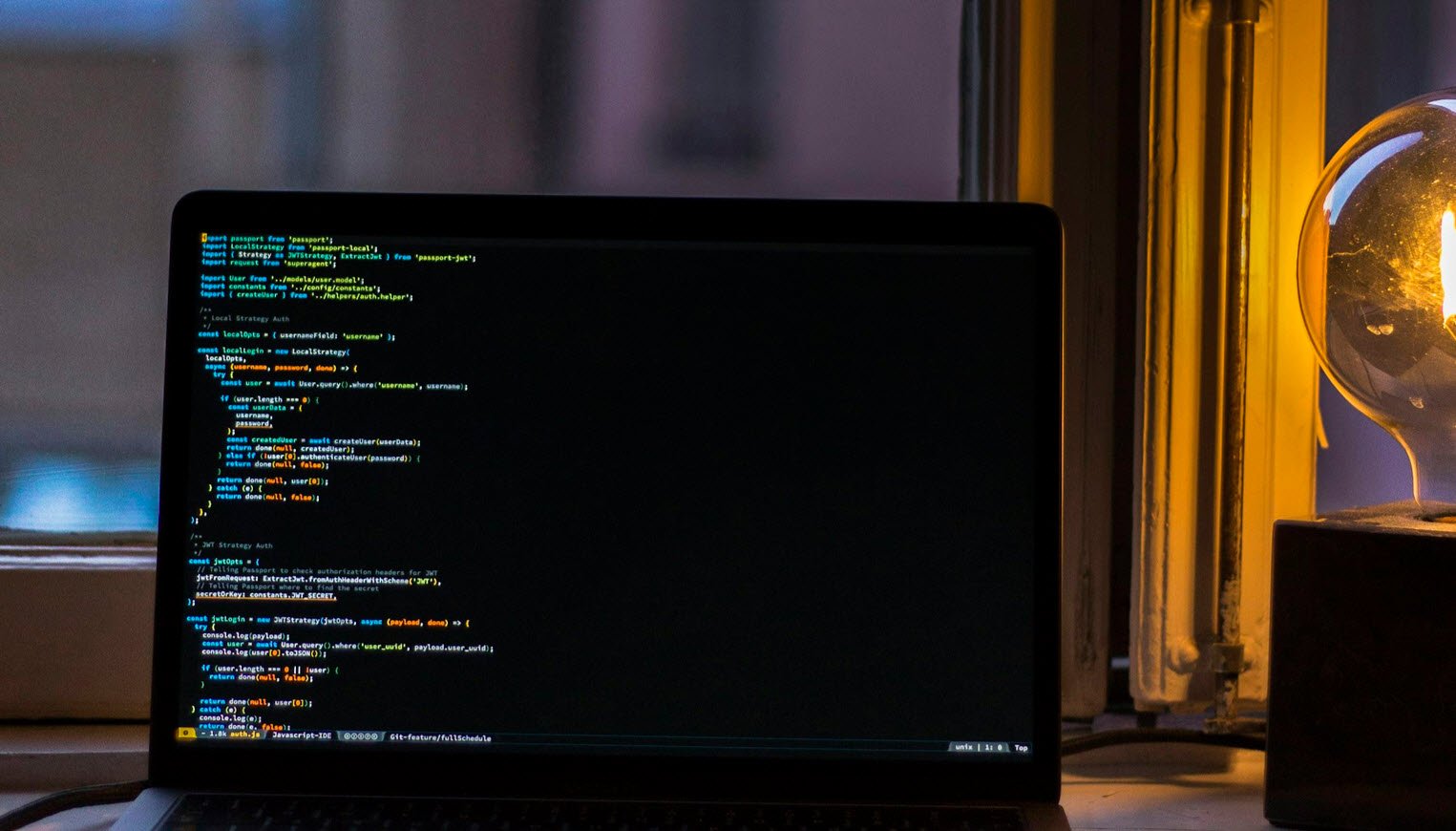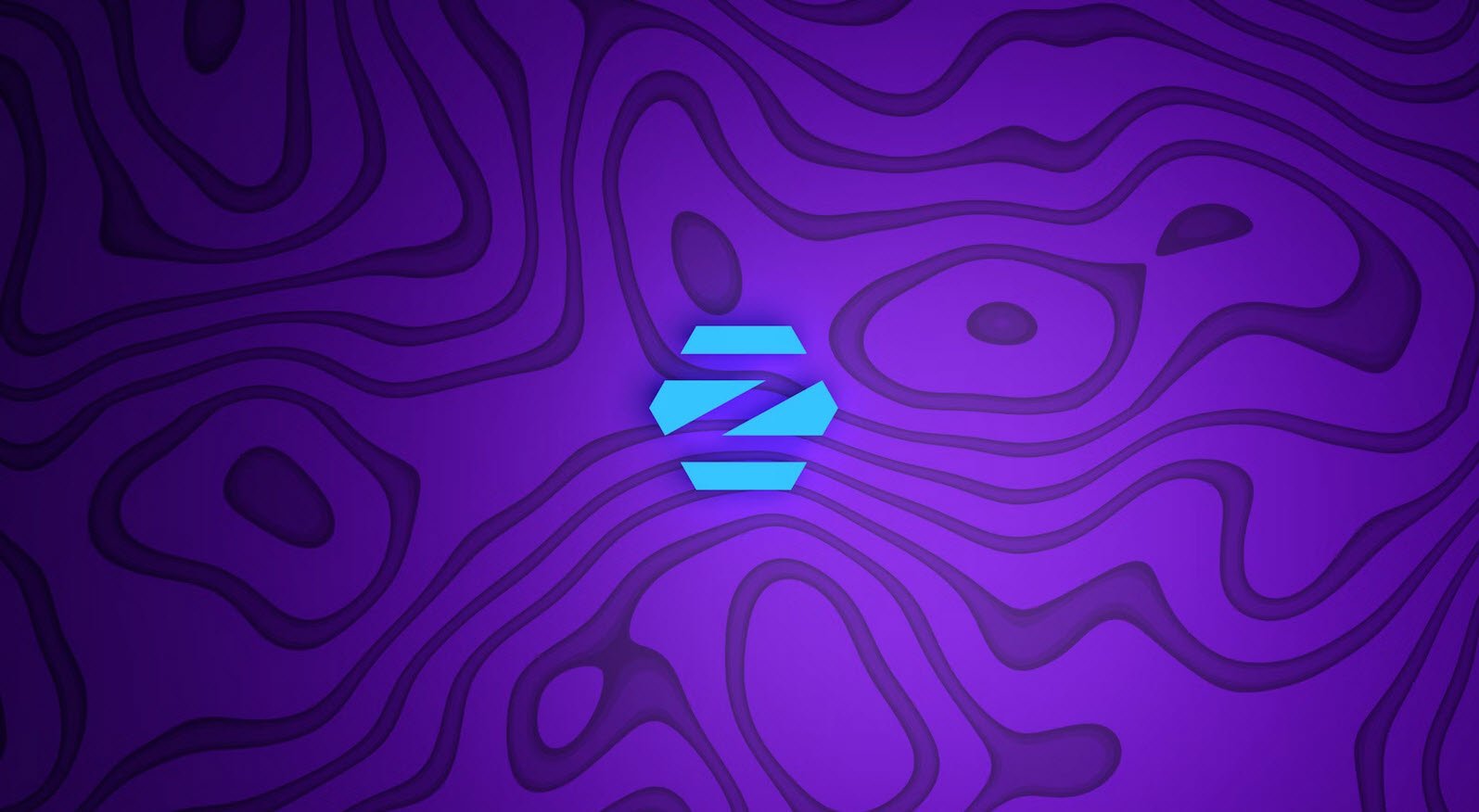
TOGAF was initiated in the early 1990s as methodology for the development of technical architecture, and has been developed by The Open Group into an extensive enterprise architecture framework.
In 1995, the first version of TOGAF (TOGAF 1.0) was presented. This version was mainly based on the Technical Architecture Framework for Information Management (TAFIM), development started in the late 1980s by the US Department of Defense.
Also Read:
- TOGAF – Multiple Choice Questions with Answers – Part 1
- TOGAF – Multiple Choice Questions with Answers – Part 2
- TOGAF – Multiple Choice Questions with Answers – Part 3
- TOGAF – Multiple Choice Questions with Answers – Part 4
Question: 91 In which ADM phase is the Implementation and Migration Plan coordinated with other frameworks?
A. Phase A
B. Phase E
C. Phase F
D. Phase G
E. Phase H
Answer: C
Question: 92 Which of the following is described by the TOGAF Architecture Content Framework as a type of artifact that shows lists of things?
A. Building Block
B. Catalog
C. Diagram
D. Matrix
E. Deliverable
Answer: B
Question: 93 According to TOGAF, which of the following types of architecture has major characteristics that include open system standards and general building blocks?
A. Common Systems Architecture
B. Foundation Architecture
C. Industry Architecture
D. Organization-Specific Architecture
Answer: B
Question: 94 TOGAF uses a version numbering convention to illustrate the evolution of the Baseline and Target Architecture Definitions. Which version number in this convention indicates a formally reviewed, detailed architecture?
A. Version 0.1
B. Version 0.5
C. Version 0.9
D. Version 1.0
E. Version 1.5
Answer: D
Question: 95 Which of the following best describes the TOGAF Architecture Development Method?
A. A process for managing architecture requirements
B. A classification mechanism for architectures and solutions
C. A process for managing and controlling change at an enterprise-wide level
D. A view of the Architecture Repository
E. A process for developing an organization-specific enterprise architecture
Answer: E
Question: 96 Which of the following best describes the need for the ADM process to be governed?
A. To build a top-down, all inclusive architecture description
B. To enable development of reference architectures
C. To enable the architecture domains to be integrated
D. To ensure that the method is being applied correctly
Answer: D
Question: 97 Which one of the following is an objective of Phase A, Architecture Vision?
A. Defining architecture principles
B. Defining relationships between management frameworks
C. Defining the enterprise
D. Evaluating the enterprise architecture maturity
E. Identifying stakeholders and their concerns
Answer: E
Question: 98 Which of the following does TOGAF recommend for use in developing the Architecture Vision?
A. Architecture principles
B. Business scenarios
C. Business Transformation Readiness Assessment
D. Capability-based planning
E. Gap analysis
Answer: B
Question: 99 Which one of the following is considered a relevant architecture resource in Phase D?
A. Generic application models relevant to the organization’s industry sector
B. Generic business models relevant to the organization’s industry sector
C. Generic data models relevant to the organization’s industry sector
D. Generic technology models relevant to the organization’s industry sector
Answer: D
Question: 100 In which section of the TOGAF template for Architecture Principles would a reader find the answer to the “Question: of ‘How does this affect me”?
A. Implications
B. Name
C. Rationale
D. Statement
Answer: A
Question: 101 According to TOGAF, which of the following terms is defined as the key interests that are crucially important to stakeholders?
A. Concerns
B. Principles
C. Requirements
D. Views
E. Viewpoints
Answer: A
Question: 102 When using a cycle of the ADM to establish an Architecture Capability as described in TOGAF Part VII, which architecture would describe the infrastructure requirements?
A. Application Architecture
B. Business Architecture
C. Data Architecture
D. Technology Architecture
E. Transition Architecture
Answer: D
Question: 103 Which of the following best describes the class of information known as the Reference Library within the Architecture Repository?
A. A description of the organization specific architecture framework and method
B. A record of the governance activity across the enterprise
C. Guidelines and templates used to create new architectures
D. Processes to support governance of the Architecture Repository
E. Specifications to which architectures must conform
Answer: C
Question: 104 Complete the sentence. TOGAF defines five criteria for a good set of principles: Understandable, Robust, Complete, Consistent and_____.
A. Agile
B. Dynamic
C. Comprehensive
D. Rational
E. Stable
Answer: E
Question: 105 Complete the sentence. According to TOGAF, a ______________is a representation of a system from the perspective of a related set of_____________.
A. view, concerns
B. viewpoint, views
C. view, requirements
D. view, stakeholders
Answer: D
Question: 106 Which of the following best describes the Standards Information Base?
A. A repository area holding a description of the organization specific architecture framework and method
B. A repository area holding a record of the governance activity across the enterprise
C. A repository area holding guidelines and templates used to create new architectures
D. A repository area holding processes to support governance of the Architecture Repository
E. A repository area holding specifications to which architectures must conform
Answer: E
Question: 107 Which of the following best describes the purpose of the Gap Analysis technique?
A. To determine service levels for the architecture
B. To establish quality metrics for the architecture
C. To identify commercial building blocks to be purchased
D. To identify missing functions
E. To validate nonfunctional requirements
Answer: D
Question: 108 Which of the following describes how the Enterprise Continuum is used when developing an enterprise architecture?
A. To coordinate with the other management frameworks in use
B. To describe how an architecture addresses stakeholder concerns
C. To identify and understand business requirements
D. To provide a system for continuous monitoring
E. To structure re-usable architecture and solution assets
Answer: E
Question: 109 Complete the sentence by selecting the applicable pair of words. A/an _____is used in Phase A to help identify and understand business _____that the architecture has to address.
A. activity model, perspective
B. business scenario, requirements
C. use case, interconnections
D. view, concerns
E. business transformation readiness assessment, constraints
Answer: B
Question: 110 According to TOGAF, which of the following best describes the purpose of an Architecture Roadmap?
A. To act as a deliverable container for artifacts created during a project
B. To ensure that architecture information is communicated to the right stakeholders at the right time
C. To govern the architecture throughout its implementation process
D. To provide a high-level view of the end architecture product
E. To show progression of change from the Baseline Architecture to the Target Architecture
Answer: E
Question: 111 According to TOGAF, which of the following best describes an Architecture Pattern?
A. A detailed description of the interfaces between building blocks
B. An implementation specific solution building block
C. A package of functionality defined to meet the business needs of the organization.
D. A way to put building blocks together into context
E. A work product describing an aspect of an architecture
Answer: D
Question: 112 Complete the sentence. The TOGAF risk categorization after the implementation of mitigating actions is known as the level of risk.
A. Critical
B. Initial
C. Intermediate
D. Residual
E. Unmitigated
Answer: D
Question: 113 Which of the following statements best describes the Requirements Management process?
A. It is used to develop requirements for Transition Architectures that deliver business value
B. It is used to dispose of, address and prioritize architecture requirements
C. It is used to establish requirements for Phase A
D. It is used to manage architecture requirements throughout the ADM cycle
E. It is used to review business requirements
Answer: D
Question: 114 Which of the following does TOGAF describe as “a formal description of a system, or a detailed plan of the system at component level to guide its implementation”?
A. Architecture
B. Artifact
C. Deliverable
D. Model
E. View
Answer: A
Question: 115 Complete the sentence. The Architecture Landscape is divided into three levels, Strategic, Segment and ____________.
A. Baseline
B. Capability
C. Solution
D. Target
E. Transition
Answer: B
Question: 116 In Phases B, C, and D which is the final step in each phase?
A. Conduct formal stakeholder review
B. Create Architecture Definition Document
C. Define Roadmap components
D. Perform gap analysis
E. Select reference models, viewpoints and tools
Answer: B
Question: 117 Which part of TOGAF describes taxonomies for categorizing the outputs of architecture activity in terms of reuse?
A. ADM Guidelines and Techniques
B. Architecture Capability Framework
C. Architecture Development Method
D. Enterprise Continuum & Tools
Answer: D
Question: 118 Which of the following describes a purpose of an Architecture Compliance review?
A. Identifying business transformation risks for an architecture project
B. Identifying errors in the project architecture
C. Identifying relationships between management frameworks
D. Identifying stakeholders and their concerns
Answer: B
Question: 119 Complete the sentence: TOGAF provides a set of reference materials for establishing an architecture function within an organization known as the_________.
A. Architecture Capability Framework
B. Architecture Content Framework
C. Architecture Landscape
D. Architecture Repository
E. Architecture Roadmap
Answer: A
Question: 120 Which of the following does TOGAF describe as a package of functionality defined to meet business needs across an organization?
A. An application
B. An architecture viewpoint
C. A building block
D. A deliverable
E. A solution architecture
Answer: C
Question: 121 According to TOGAF, which document should incorporate the actions arising from the Business Transformation Readiness Assessment technique?
A. Architecture Road map
B. Architecture Requirements Specification
C. Communications Plan
D. Implementation and Migration Plan
E. Implementation Governance Model
Answer: D
Question: 122 Which of the following best describes the purpose of the Architecture Vision?
A. It contains an assessment of the current architecture requirements
B. It defines the scope and approach to complete an architecture project
C. It is sent from the sponsor and triggers the start of an architecture development cycle
D. It provides a high-level aspirational view of the end architecture project
E. It provides a schedule for implementation of the target architecture
Answer: D
Question: 123 TOGAF Part VII, Architecture Capability Framework recommends use of an ADM cycle for establishing an architecture practice. In this scenario which architecture would describe the organizational structure for the architecture practice?
A. Application Architecture
B. Business Architecture
C. Data Architecture
D. Technology Architecture
Answer: B
Question: 124 Which of the following best describes a purpose of the Business Scenarios technique?
A. To catch errors in a project architecture early
B. To guide decision making throughout the enterprise
C. To help identify and understand requirements
D. To highlight shortfalls between the baseline and target architectures
E. To mitigate risk when implementing an architecture project
Answer: C
Question: 125 Complete the sentence. The Requirements Management process is used to______.
A. develop requirements for Transition Architectures that deliver business value
B. dispose of, address and prioritize architecture requirements
C. organize architecture requirements throughout the ADM cycle
D. review business requirements
E. validate requirements between ADM phases
Answer: C
Question: 126 Which of the following describes the TOGAF Technical Reference Model?
A. A Common Systems Architecture
B. A Foundation Architecture
C. An Industry-Specific Architecture
D. An Organization-Specific Architecture
E. A Solution Architecture
Answer: B
Question: 127 Which of the following is an objective of the Preliminary Phase?
A. Develop the Architecture Vision document
B. Draft the Implementation and Migration Plan
C. Ensure conformance requirements for the target architecture are defined
D. Establish the Organizational Model for enterprise architecture
E. Operate the governance framework
Answer: D
Question: 128 Which of the following best describes the class of information known as the Architecture Capability within the Architecture Repository?
A. A description of the organization specific architecture framework and method
B. A record of the governance activity across the enterprise
C. Guidelines and templates used to create new architectures
D. Processes to support governance of the Architecture Repository
E. Specifications to which architectures must conform
Answer: D
Question: 129 Complete the sentence. According to TOGAF, an objective of Phase G, Implementation Governance, is to______________.
A. assess the performance of the architecture and make recommendations for change
B. ensure the baseline architecture continues to be fit-for-purpose
C. ensure conformance with the defined architecture by the implementation projects
D. establish an architecture change management process for the architecture finalized in the previous ADM phase
E. operate the governance framework
Answer: C
Question: 130 According to TOGAF, which of the following activities is described as part of the approach in the Preliminary Phase of the ADM?
A. Creating the Architecture Vision deliverable
B. Defining a set of Architecture Principles
C. Developing an Architecture Contract
D. Extending the business scenario with business modeling
E. Preparing a consolidated Gap Analysis
Answer: B
Question: 131 Which of the following describes the TOGAF classification in Phase H for a simplification change?
A. A change driven by a requirement to derive additional value from the existing investment
B. A change driven by a requirement to increase investment in order to create new value for exploitation
C. A change driven by a requirement to reduce investment
D. A change driven by a requirement to re-align with the business strategy
E. A change driven by a requirement to simplify communication between stakeholders
Answer: C
Question: 132 In Phases B, C, and D which is the first step in each phase?
A. Conduct formal stakeholder review
B. Create Architecture Definition Document
C. Define Roadmap components
D. Perform gap analysis
E. Select reference models, viewpoints and tools
Answer: E
Question: 133 Complete the sentence. The ADM can be viewed as the process of populating the enterprise’s own _______________with relevant re-usable building blocks taken from the more generic side of the Enterprise Continuum.
A. Architecture Repository
B. Architecture Requirements
C. Implementation and Migration plan
D. Standards Information Base
E. Strategic Architecture
Answer: A
Question: 134 Which of the following best describes the concept of Boundaryless Information Flow?
A. Enabling the vision of an integrated information infrastructure
B. Getting information to the right people at the right time in a secure, reliable and timely manner
C. Enabling effective global communications between countries
D. Enabling the flow of information to all stakeholders
E. Providing a visual representation of information provider, consumer and brokering applications
Answer: B
Question: 135 According to TOGAF, which of the following terms describes people who have key roles in, or concerns about, a system?
A. consumer
B. CxOs
C. lead architect
D. sponsor
E. stakeholder
Answer: E








